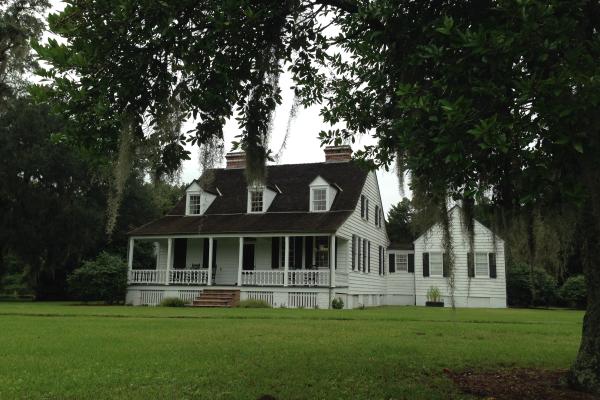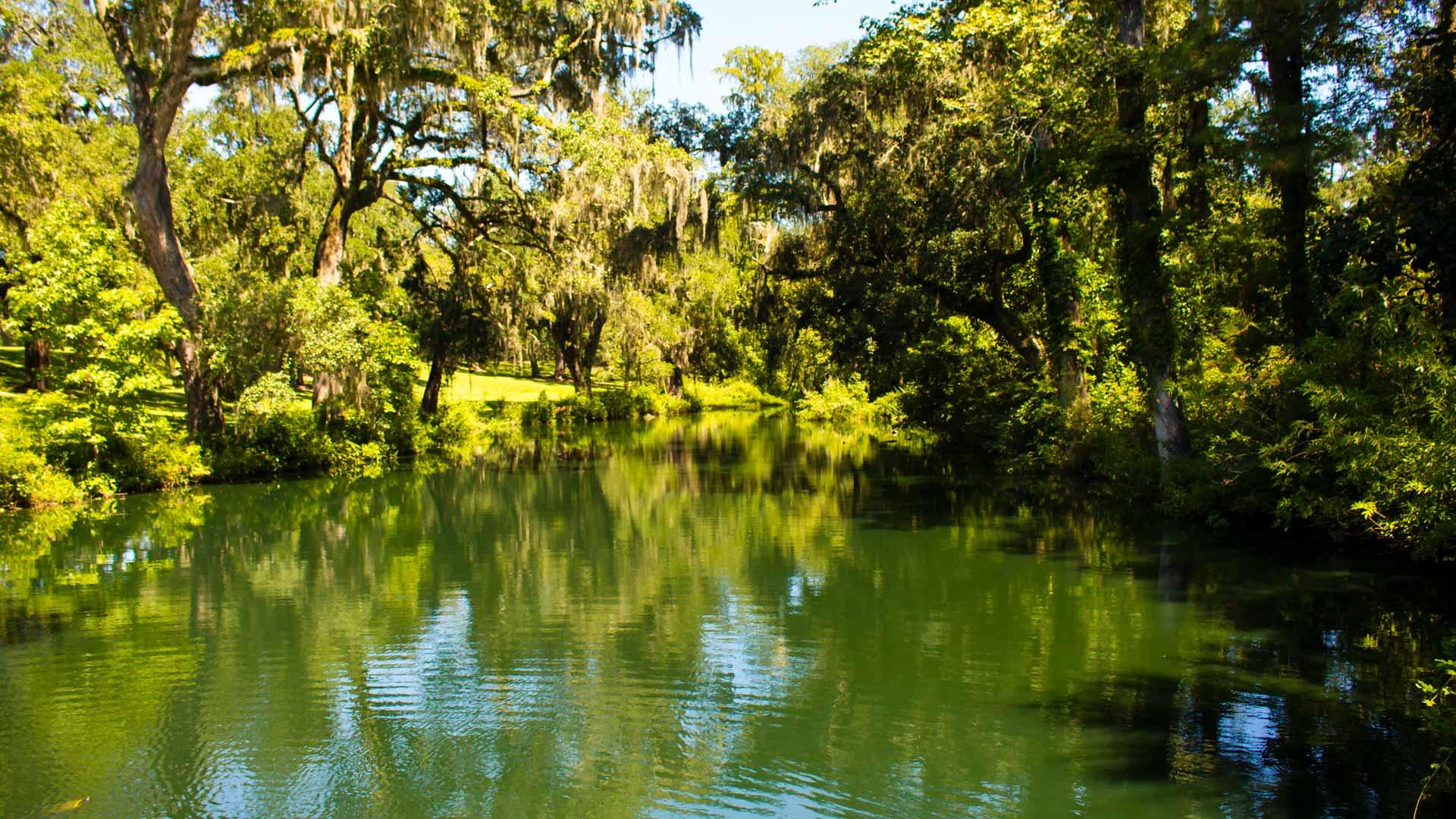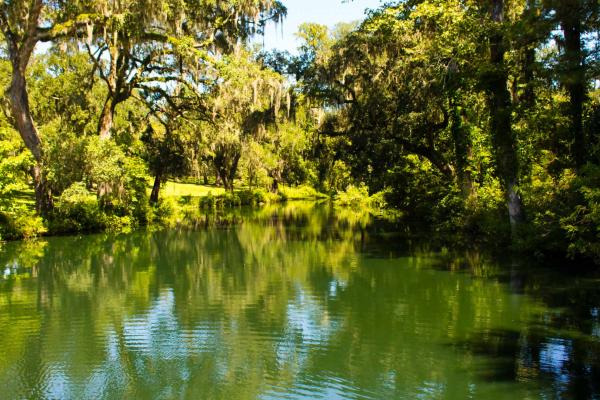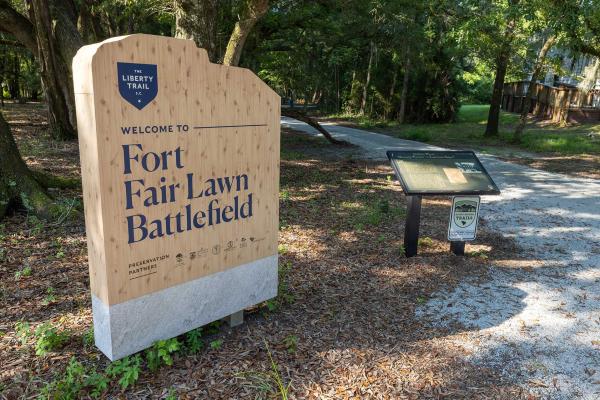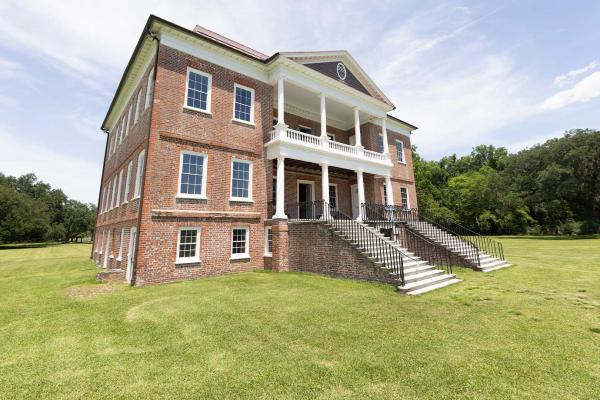These 3,000 idyllic acres now house a monastery for Cistercian (Trappist) monks, but in the 18th century Mepkin was the principal home of rice planter, slave trader, and Charleston merchant Henry Laurens (1724–1792). Laurens imported tens of thousands of enslaved people from Bunce Island, located in the Sierra Leone River, to the South Carolina Lowcountry and brought them to auction. He took a ten percent commission for each enslaved person he sold. Bunce Island was home to one of the most lucrative slave trading operations in West Africa and the business made Laurens one of the richest men in America before the Revolutionary War.
Laurens was elected to South Carolina’s Provincial Congress in 1775, became the Vice President of South Carolina from March 1776 to June 1777, and succeeded John Hancock as President of the Continental Congress, serving from November 1777–December 1778. In 1779, he was appointed American minister to the Netherlands, but was captured at sea by the British, charged with treason, and held in the Tower of London. He was eventually released in a prisoner exchange for General Lord Cornwallis, who surrendered at Yorktown. The exchange was negotiated by Richard Oswald, the principal British owner of Bunce Island.
Laurens’s oldest child, John (1754–1782), was an aide-de-camp to General George Washington, best friend of Alexander Hamilton, combat soldier, and outspoken critic of slavery. He proposed the idea of arming enslaved men to fight in the War for Independence in exchange for their freedom. Before John was killed at the Battle of Tar Bluff in August 1782, he and his father exchanged extraordinary letters about the complex meaning of liberty. You can reflect on the lives of these Revolutionary War-era figures and visit the graves of both Henry and John Laurens on the lushly landscaped grounds of Mepkin Abbey.
More to Explore
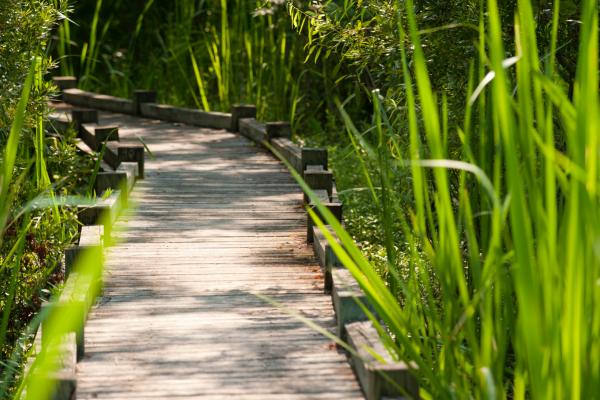
What's Nearby
Explore more of The Liberty Trail by visiting these nearby attractions.
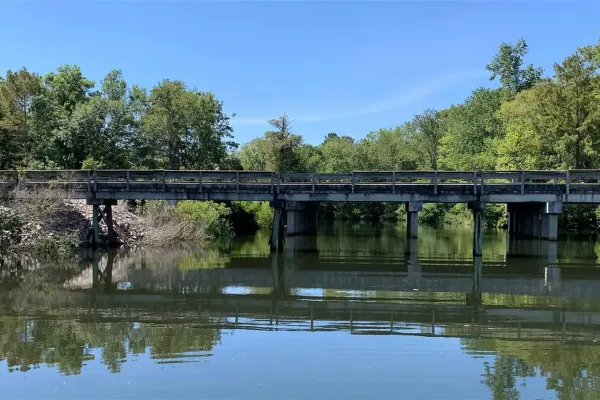
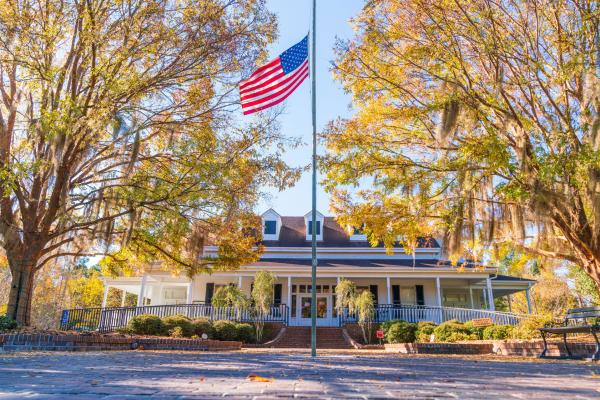
Moncks Corner, SC 29461

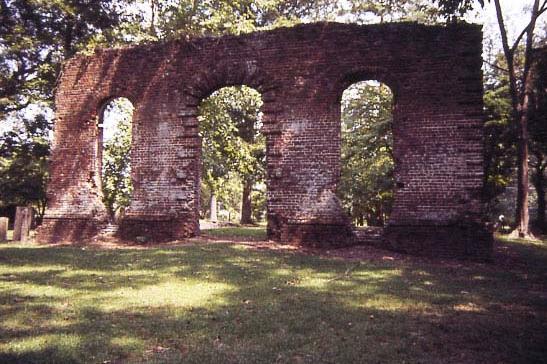

Huger, SC 29450
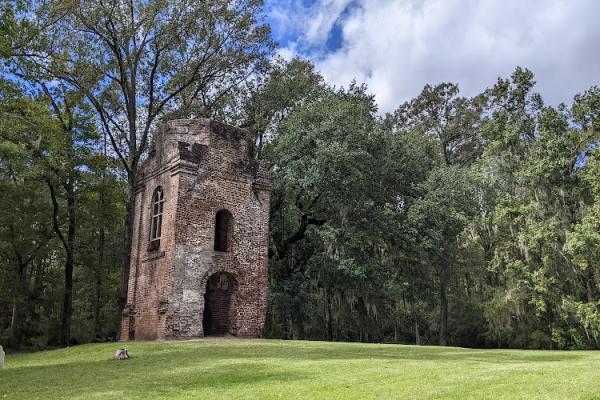
Summerville, SC 29485
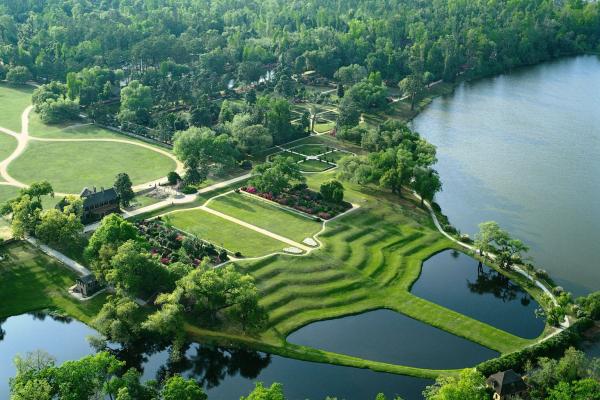
Charlestown, SC 29414
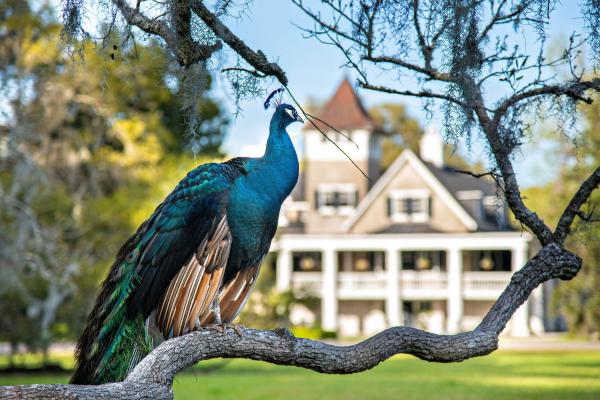
Charleston, SC 29414
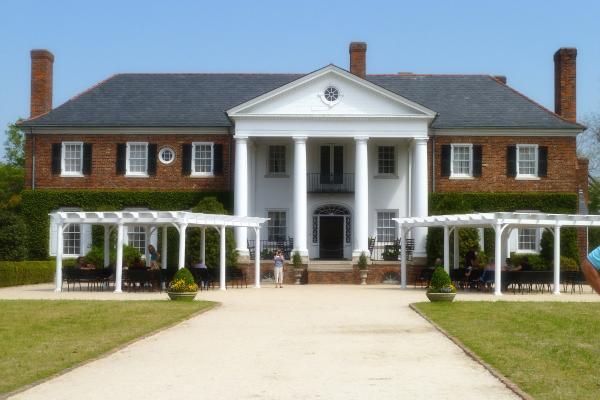
Mt Pleasant, SC 29464
